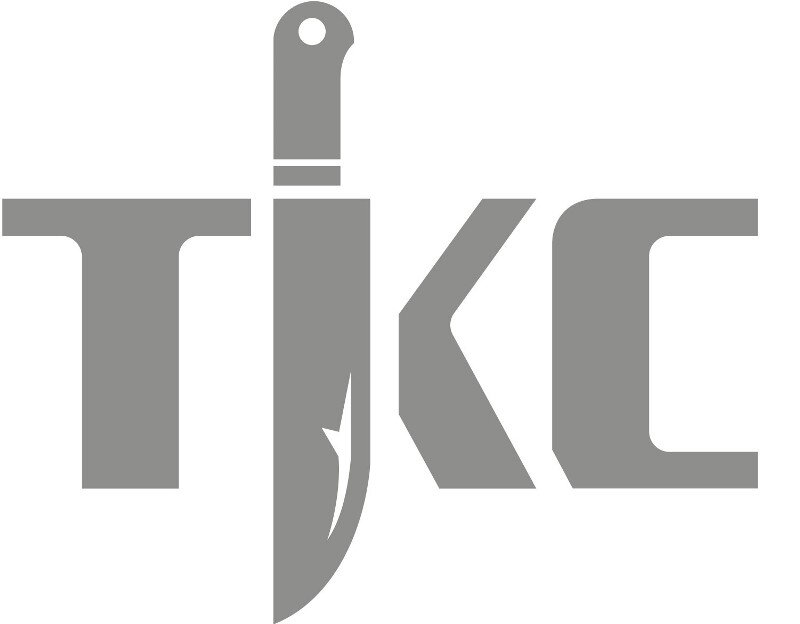Kangaroos
Back in 2002, Mike Moran of Cleanbrite was running a business selling cleaning products to people and businesses based out in Western Queensland. On the road he’d often meet a very select group of people, mainly men but some women – the roo shooters.
Depending on who you talk to, Australia either has too many kangaroos or not enough. In 2013 Queensland Parks and Wildlife Service estimated the wild kangaroo population in Queensland to be over 20 million, and although this figure does vary according to season and weather conditions (ie the population decreases when there is a drought and not much food and vice versa) it’s still a pretty large number.
Advocates of kangaroo culling point to the competition for often scarce food with farm animals like cows and sheep, and the fact that kangaroos do substantial damage to fences and are responsible for many car accidents.
From a health point of view, wild meat, such as kangaroo, wild boar, deer and rabbit, is very low in fat and high in protein, however takeup of kangaroo meat for human consumption remains relatively low in Australia. Strangely, up until about five years ago, the major export market for kangaroo meat was Russia, with the country importing $200M worth of kangaroo meat annually, for both human and animal consumption.
This stopped after the Russian government raised concerns about hygiene standards and the condition of the meat, which just happened to coincide with the lifting of a similar ban Russia had imposed on meat imports from South America. Whatever the reason, overall demand for kangaroo meat is substantially lower now.
Roo shooters make money by selling kangaroo meat to meat processors, and are attracted to the outback lifestyle and the freedom to work the hours they want to work. They must comply with government regulations relating to how many they can shoot and rules governing humane treatment, plus they must only shoot as many as they are permitted according to quotas set by Queensland Parks and Wildlife Service, and they are given tags to attach to each carcass to make sure they stay within the quotas.
All roo shooting is done at night time when the animals are active, and roo shooters tend to go out for days at a time, so need to stock up on everything they’ll need during the trip. This is where Mike comes in.
“I didn’t stock Nirey electric sharpeners until one of my customers specifically asked for one.” explains Mike. “Now a lot of the guys I supply have one which they keep at home to sharpen all their knives before they go out on a trip. Roo shooters certainly put their knives through their paces – way more than regular butchers do.”
Luke Benjamin from TKC explains why roo shooters need to make sure they have all their knives sharpened before they go out:
“Roo shooters typically shoot up to forty kangaroos per night, so they generally need around six sharp knives ready to go each time they go out. They normally use boning knives and butchers knives. These need to go through dirt, hair, hide and bone, all of which really effect the knife edge. The beauty of the KE-280 Nirey Knife Sharpener is that they can use the sharpener’s rough belts to fix the edge of the boning knife, then switch to fine belts to give the finer finish for the butchers knives, and do this all in minutes, not hours.”
Much of the meat supplied by roo shooters, which can include deer, wild boar and rabbit as well as kangaroo, goes to export markets, especially Europe. It seems that people from outside Australia have more of a taste for Australian meat than Australians do!
More Information
Roo shooters continue to leave industry
Image credit: http://www.flickr.com/photos/tambako/6334453572/







